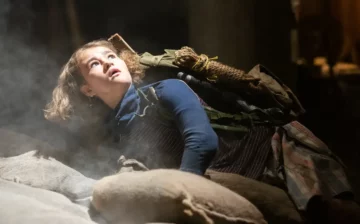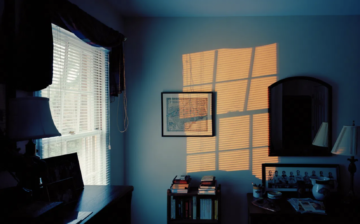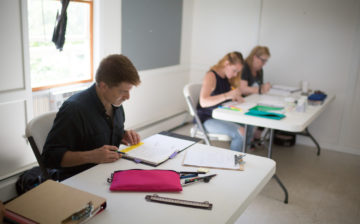Workshops
Learn how to make a flutter book online, creating unique accordion-style books that expand to show multiple pages at one time.
There are no available registration dates at this time.
NOTE: This Class will meet in a live, online format using the Zoom Platform.
Class meets on Oct 9, 2022, Sunday 1-4:30pm EST.
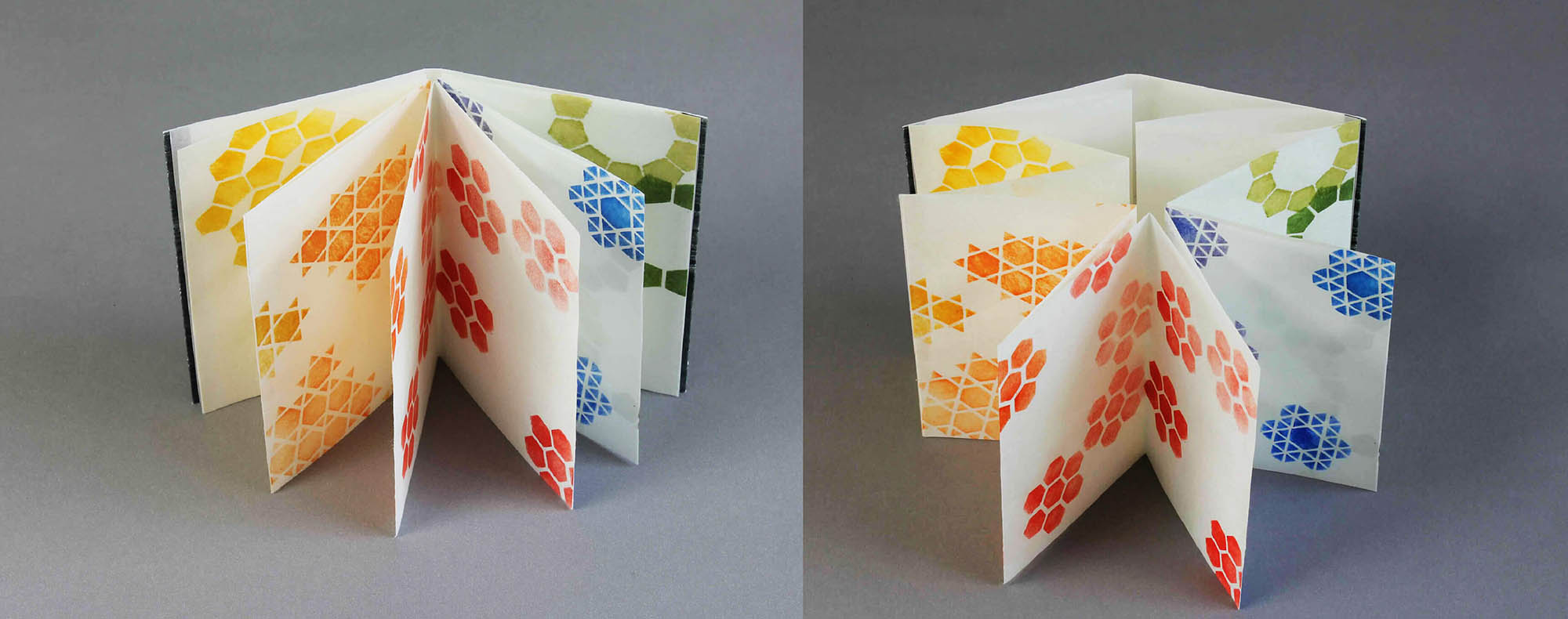
The flutter book is a simple structure from the Eastern binding tradition. It’s a codex that can act a bit like an accordion since the text block can be gently pulled out from the spine to show multiple pages at one time. Single folios are joined to create the text block, with a variety of possible cover options. A simple soft cover will be made in class, with a discussion of other options. This binding is great for single-sided photographs or prints. It can accommodate papers of different weights—from heavier to very light. We’ll create two models (one with heavier paper, the other with lighter paper) to serve as references for future work and discuss possibilities for the structure’s creative use.
Tools:
- Scissors
- X-acto knife
- Cutting mat
- Metal ruler
- Awl
- Bone folder (useful)
- Right triangle (useful)
- Pencil
- Any other useful bookbinding tools you like
Materials:
- Glue stick OR ¼” glue brush and PVA glue*
- Scrap paper strips: a stack of them (30-50 strips) about 1” wide x 6” high.
- Extra scrap paper
- Right angle jig (if you have one)
- *I suggest using a glue stick for the workshop. But if you choose to use PVA, you will need:
- Water cup for glue brush
- Blotters and/or wax paper
- Pressing board and weights
We will make two versions of a flutter book: one from heavier and one from lighter paper – both will have a paper cover.
The grain direction of all papers should be parallel to the height of the paper
Book One: Heavier paper
Choose a digital photo, printmaking, or watercolor paper: Rives BFK or another medium-heavy paper used for printmaking, photos, or watercolor, but it’s important that any paper you choose does not crack when folded. A 90 lb watercolor paper, such as Fabriano Artistico or Arches should also be fine. Other alternatives to this include: Arches Text Wove, Rives Heavyweight, Rives Lightweight, or almost any Western paper used for printmaking. You can also use cardstock for the workshop model.
- 6-8 sheets of paper 5” high x 7” wide for the pages. Grain parallel to the 5” side.
- 2 sheets of paper 5” high x 7” wide of a different color for endsheets (optional) Grain parallel to the 5” side.
Generally best to have the endsheets be the same paper weight as the text pages.
Book Two: Lightweight paper
Eastern-style paper: such as mulberry, Okawara, kozo, or another medium weight paper. An alternative would be to use origami paper, “marker” paper, or if you need to use a western text weight or a copy paper, that works also.
- 6-8 sheets of paper 5” high x 7” wide Grain parallel to the 5” side.
- 2 sheets of paper 5” high x 7” wide of a different color for endsheets (optional) Grain parallel to the 5” side.
Generally best to have the endsheets be the same paper weight as the text pages.
Covers:
The same paper can be used for both covers of the books. Or choose a slightly lighter paper to use with the lighter weight (Eastern) text paper. Grain parallel to the 5” side for both pieces.
- 1 sheet of paper 5” high x 8.5” wide (cut 2 sheets if you don’t have paper wide enough for the other cover option).
- 1 sheet of paper 5” high x 11.5” wide (this would be for an optional style cover).
Rives BFK could be used for the cover, but it’s a bit soft. Another medium-heavy paper used for printmaking, photos, or watercolor might be better if it has more sizing so the folds are “crisper” but again it’s important that any paper you choose does not crack when folded. A 140 lb paper, such as watercolor papers Fabriano Artistico or Arches would also be fine. Or 140 lb paper such as printmaking paper Somerset Satin. Other alternatives to this include Fabriano Tiziano or Canson Mi Tientes. You can also use cardstock. Or a medium cover weight handmade paper would also work well for the cover.
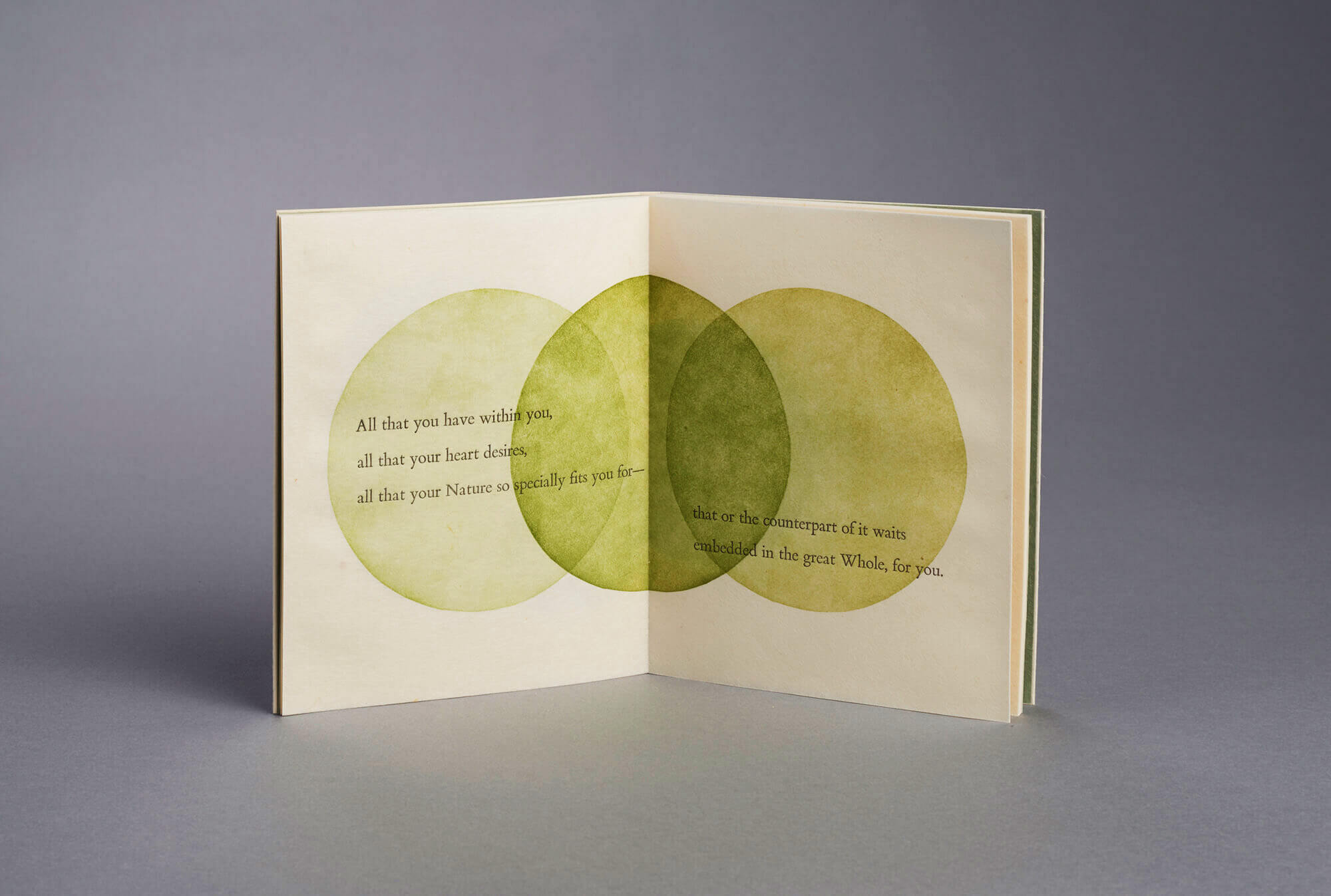
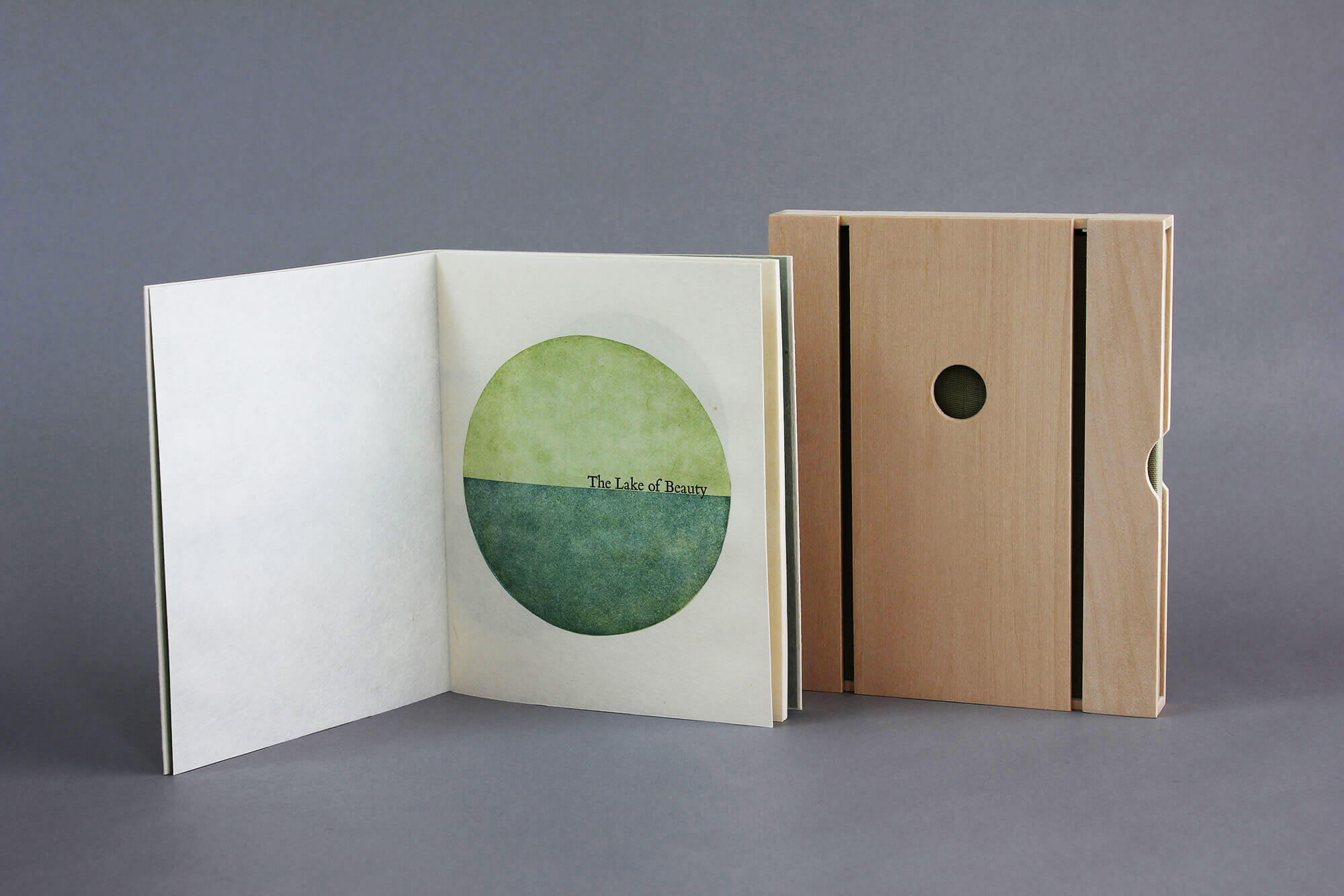
Share This

Instructor: Stephanie Wolff
Stephanie Wolff works with paper, text, textile, and the book form, with projects that explore themes of weather, history, and rural life, among other topics. Her artist books are held in many public and private collections, and have been exhibited in the United States and Germany. Her works are included in 500 Handmade Books, Volumes 1 & 2 (Lark Books). She has been awarded fellowship/residencies, including from the American Antiquarian Society and the Jaffe Center for Book Arts. Stephanie’s years as a book conservator at the Dartmouth College Library provided her with experience in the care and repair of a wide range of library materials, from books and manuscripts to maps, scrapbooks, and other objects. This conservation work included the creation of housing for display and storage of rare and fragile items. Her early experience in pre-digital photography—combined with a background in book arts, binding, and conservation—gives her a rich knowledge base with a range of possibilities for designs, including those that combine book forms with photographic or printed images. As a longtime teacher of book arts to college students and others, she enjoys sharing her knowledge from bookbinding, book conservation, and fine arts to help people transform their ideas into tangible creations.


